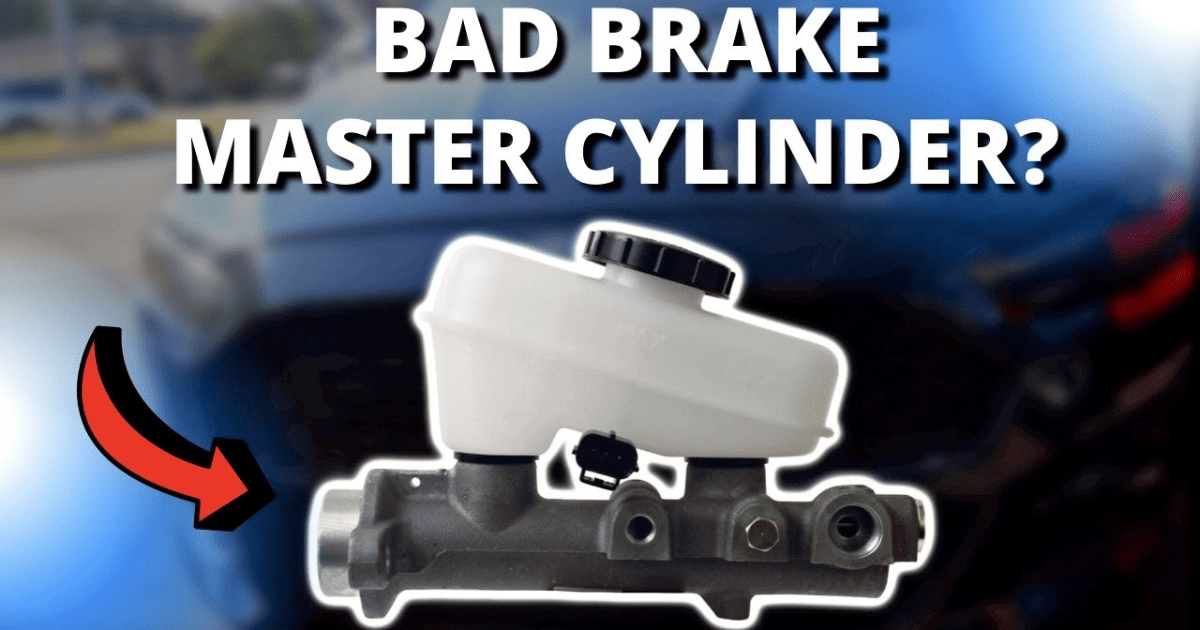There is no brake system component more crucial than the brake master cylinder. It regulates crucial braking operations, including hydraulics and every other component of the brake system. If your car’s brake master cylinder needs testing, how can you do it? Your vehicle’s operation is greatly affected by that question.
How to Test a Brake Master Cylinder

The symptoms of a malfunctioning master cylinder should be familiar to you. To determine if the master cylinder is to blame for a mushy brake pedal, disconnect the brake lines from it and swap it out for an IOS of the same size.
To avoid getting braking fluid on your wires, set a container or rag underneath the master cylinder before you begin. Swap out the old brake fluid for new. If the pedal does not feel hard enough when you apply moderate pressure, it could be because your brake master cylinder is malfunctioning.
If it goes backwards, then your master cylinder is good to go. You should have eliminated any potential leaks by inspecting the brake lines and wheels.
Locate the Brake Master Cylinder
Locate the area behind the primary engine compartment once you’ve lifted the hood. The location of the brake fluid reservoir, which is usually filled with hydraulic fluid, can be determined by looking for an openable plastic cylinder near certain critical components of the brake system.
The two plastic cylinders in an engine with a manual gearbox are located close together. The bigger container holds the braking fluid.
Keep in mind that the brake master cylinder will undoubtedly be impacted if you use brake fluid of poor quality in the reservoir.
Use the Brake Pedal
You have the power to command another individual to take the wheel and press the brakes. After that, keep a careful eye on the brake fluid level and any noises coming from the brakes. Be on the lookout for any bubbling or swirling of fluid in the brake reservoir as the pressure on the pedal increases. The brake master cylinder needs to be changed if that is still the case after multiple attempts.
Check for internal Leaks
In order to find any internal leaks in a master cylinder, it is necessary to investigate its immediate vicinity thoroughly. In other words, look for obvious signs of fluid leakage, such as around the reservoir’s body or close to the cylinder’s mouth. You may have to get a new master cylinder if that’s the case. You can rule out the brake cylinder as the source of the problem if you find fluid leaking from the brake hose that extends from it.
Flatten the Brakes
Tell someone to press down on the brakes while you keep an eye on the engine. While you do that, make sure the brake pedal is all the way down. After first stopping with the pedal flattened, check to see if the fluid level in the brake master cylinder begins to drop; if so, replace or investigate the cylinder.
On-bench brake master cylinder test.
This vice test is often performed on freshly repaired master cylinders, old master cylinders that have been removed from the vehicle, or new master cylinders that have been installed. Secure the master cylinder in a vice and press down on the plunger using an impact screwdriver or a large screwdriver.
The master cylinder is in good working order if the plunger is solid and unmovable. But if the plunger continues to go in, it indicates a problem with the master cylinder or an internal leak.
Conclusion
The master cylinder plays a crucial role in your braking systems, as you have already observed. It is interdependent with every other part of the brake system.





